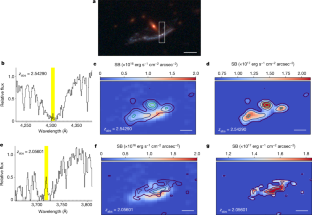PITTの化学エンジニアが、酸化タングステンを持続可能な化学変換の触媒として使用する方法を紹介 Pitt Chemical Engineers Show How Tungsten Oxide Can Be Used as a Catalyst in Sustainable Chemical Conversions
2022-05-18 ピッツバーグ大学
<関連情報>
- https://news.engineering.pitt.edu/sparking-sustainable-new-chemical-catalysts/
- https://pubs.acs.org/doi/10.1021/jacs.2c00825
金属酸化物電極触媒のバルク水素インターカレーションに対する感度。酸化タングステン上での水素発生反応 The Sensitivity of Metal Oxide Electrocatalysis to Bulk Hydrogen Intercalation: Hydrogen Evolution on Tungsten Oxide
Evan V. Miu, James R. McKone, and Giannis Mpourmpakis
Journal of the American Chemical Society Published:March 15, 2022
DOI:https://doi.org/10.1021/jacs.2c00825

Abstract
Metal oxides are attracting increased attention as electrocatalysts owing to their affordability, tunability, and reactivity. However, these materials can undergo significant chemical changes under reaction conditions, presenting challenges for characterization and optimization. Herein, we combine experimental and computational methods to demonstrate that bulk hydrogen intercalation governs the activity of tungsten trioxide (WO3) toward the hydrogen evolution reaction (HER). In contrast to the focus on surface processes in heterogeneous catalysis, we demonstrate that bulk oxide modification is responsible for experimental HER activity. Density functional theory (DFT) calculations reveal that intercalation enables the HER by altering the acid–base character of surface sites and preventing site blocking by hydration. First-principles microkinetic modeling supports that the experimental HER rates can only be explained by intercalated HxWO3, whereas nonintercalated WO3 does not catalyze the HER. Overall, this work underscores the critical influence of hydrogen intercalation on aqueous cathodic electrocatalysis at metal oxides.



